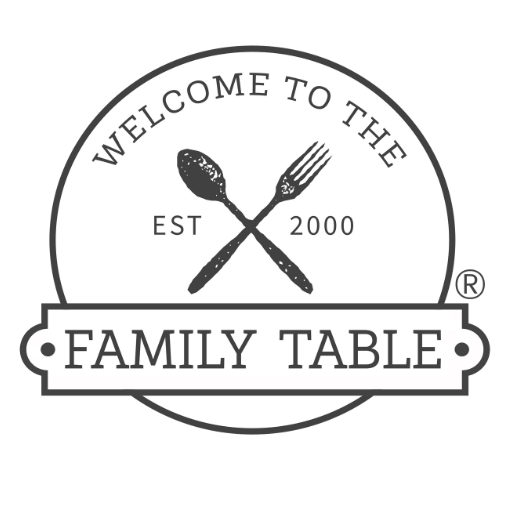A Waldorf-Inspired Homeschool {Part 2}
In my last post, I listed the ideals from Waldorf education that have inspired my own philosophy of education. I’d like to go into greater detail of how I take those ideals and put them into action.
Emphasis on whole literature and using storytelling as a teaching device
We don’t use curriculum. Instead, I’ve invested in creating a home library with books on many subjects and from different recommended reading lists. We also visit the library once or twice a week to get materials on the subjects we’re interested in. I want to expand their world beyond just those interests, so I also pick out DVDs and books that I think they will like. I’m always on the lookout for good math stories. Presenting a concept in story form helps disarm those children who resist anything that resembles academics. Using rich stories when describing geography and culture helps you avoid flat stereotypes of people and places.
Seasonal rhythm of life and a simple, home-centered lifestyle
Rhythm is the backbone of my home life. When my children were younger, I would accept any invitation to socialize with other families–anything to get me away from the drudgery of homekeeping. Now I am very careful to keep our rhythm intact as much as possible. I allow for two days with 4H projects or homeschool co-op. I have days in between to catch up on housework, and I focus on being more intentional with the kids. We read books, bake, swing in the hammock, and play. Winter and summer have a similar rhythm, because we don’t like to be outside. Spring and fall will find us outside in the yard for almost the entire day. I love embracing the seasons and their various holidays in a quiet, thoughtful way.
Studying subjects as parts of a whole, not isolated, in blocks similar to unit studies
When I get really interested in something, everything else gets pushed to the back burner for a while until my curiosity is satiated. It’s the same for my kids, and it’s a fun way to learn. We like checking out tons of books on a subject to examine it from different perspectives. I try to incorporate a broader scope in how the subject relates to the world.
The element of imitation; the idea that children learn best through the teacher’s (or mother’s) demonstration
This is my greatest challenge of mothering: to lead in a way that is worthy of imitation. Even in the little things, actually demonstrating what you want your child to do (instead of just giving a verbal command) can save lots of confusion and frustration!
Teaching functional handwork and handcrafts to children beginning at a young age
It is one of my big ideals that my children grow up to be producers and not just consumers. I want them to find a way to create that fits their talents and learning style, bringing beauty into the world. Skills are built upon year after year in a Waldorf school. This is harder to recreate at home because of the lack of skills and resources. But God is faithful to provide what we need if we only ask. Tap into His creativity!
Celebrating feasts and festivals
Through Waldorf education, I’ve been introduced to many Christian feast days and festivals that I never learned about in a typical evangelical, Protestant church. That has brought me to a new appreciation for liturgy and celebrating the church year. Just find one or two new days to celebrate in a way that fits with your family, and create new traditions.
The use of natural materials and emphasis on the simple beauty of them
Being in nature calms and balances my frazzled, distractible mind. It’s a necessity for me. I also like to bring the outdoors in with carved wood, geodes and crystals, feathers, and other natural objects. My children are past the age of playing with the typical Waldorf toys, but they love being outside, and have a curious appreciation of God’s created world. It inspires me to want to keep only what is beautiful and functional, hard as that may be to put into practice.
The slower progression into academics for the early elementary years (which also aligns with Raymond Moore’s writings that I enjoy)
I believe in developmental stages, and only giving what a child needs at that time. Childhood is so short; they have plenty of time to be scholarly later, when their bodies and brains are ready. My children have seemed to start reading around age seven, and I don’t require formal writing before then, though they’ve naturally learned their letters and how to write them just out of curiosity.
Expressing comprehension of a subject through artistic expression
There are other ways for children to express their knowledge and interests than tests and worksheets. Waldorf schools use main lesson books where the children copy drawings and beautiful writing in them. That hasn’t really worked for us, but my kids have binders in which they store all of their drawings, coloring pages, and other creations in page protectors.
I hope you’ve enjoyed this peek into our Waldorf-inspired homeschool. I fall short of my home life and educational ideals so often. There are many obstacles and distractions in this modern life. But striving towards them strengthens your will, and provides a wonderful example for your children. Your efforts help communicate your love. I encourage you to find what inspires you in your journey of home educating, and make it happen!

